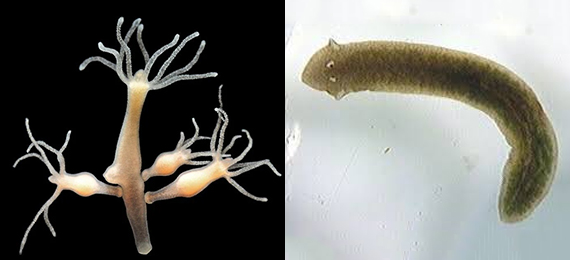
Can Anything Live Forever?
As a kid, the allure of growing up often holds a promise of exciting adventures and boundless freedom. Yet, as time ticks by, our perspective on aging shifts. However, what if there exists a fountain of youth granting lives forever? Although immortality remains a myth, the natural world boasts immortal animals with astonishing longevity. From microscopic organisms to majestic marine giants, let’s explore five remarkable beings that defy the bounds of time.
1.The Immortal Jellyfish (Turritopsis dohrnii)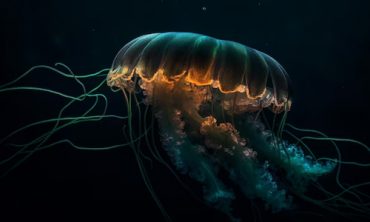
The Turritopsis dohrnii, or immortal jellyfish, can live forever by transforming its cells back to their earliest state through a process called transdifferentiation. This unique jellyfish is found in Japan, the Mediterranean Sea, and oceans worldwide. It begins life as larvae, turns into polyps on the seafloor, and eventually becomes free-swimming jellyfish. If injured or starving, it can revert to polyps and transform again. This immortal creature undergoes multiple life cycle changes, and the age of the oldest one is unknown. It’s the only animal that can go back to a younger state after reaching adulthood.
Have you ever wondered if you could go back to being a child?
What is the scientific name of the immortal jellyfish?
- A. Aurelia aurita
- B. Turritopsis dohrnii
- C. Hydra vulgaris
- D. Pelagia noctiluca
2.Hydra (The Eternal Freshwater Creature)
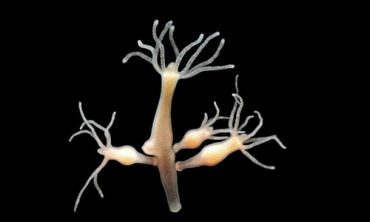
Hydra, a genus of simple freshwater invertebrates, possesses incredible regenerative abilities that grant it exceptional longevity. These small, tube-shaped creatures with soft bodies that resemble jellyfish are capable of dividing continuously and regenerating entire body parts, including their heads, with remarkable ease. With no apparent signs of aging, hydra continues to thrive in their aquatic habitats, seemingly defying the passage of time. Studies indicate that the hydra is among the rare animals exhibiting no signs of age-related deterioration.
3.Lobsters (The Ageless Crustaceans)
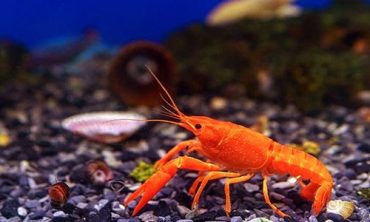
People estimate that lobsters live for more than a century due to their remarkable longevity. They exhibit negligible senescence, showing minimal signs of aging as they age. With their robust physiology and capacity to continually repair damaged DNA, lobsters have the potential to live indefinitely, barring predation or disease. Scientists propose that over time, some lobsters can even enhance their fertility due to a specific enzyme called telomerase. This enzyme repairs lost sections of DNA, essentially rejuvenating “aged” cells. However, determining the exact lifespan of a lobster is challenging due to their regular molting of exoskeletons.
4.Planarian Flatworms (The Regenerative Marvels)
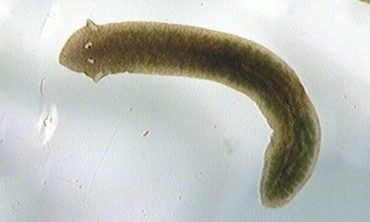
Planarian flatworms, those peculiar creatures, boast an astonishing capability for regeneration. Despite their grotesque appearance, nonetheless, these invertebrates can rebuild entire organisms from mere fragments of themselves. In optimal conditions, they seem almost immortal. Slice them lengthwise or crosswise, and they split into two distinct beings, defying death and perpetuating their population indefinitely.
5.Greenland Sharks (The Ancient Mariners)
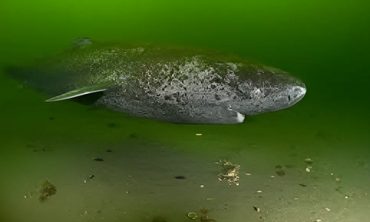
Greenland sharks, known scientifically as Somniosus microcephalus, are truly remarkable immortal animals inhabiting the frigid waters of the Arctic and North Atlantic oceans. What sets them apart is their astonishing lifespan, which can exceed 400 years, making them some of the longest-living vertebrates on the planet. In a 2016 study, the largest Greenland shark was estimated to be a jaw-dropping 392 years old! These mysterious sharks dine on a diet of fish and marine mammals like seals, but what’s truly fascinating is their leisurely pace of life. It takes a whopping 150 years for them to reach sexual maturity. Their secret? It seems to lie in their remarkable ability to endure the extreme darkness and bone-chilling temperatures found at depths of 2200 meters beneath the ocean’s surface. Truly, these majestic immortal animals stand as awe-inspiring marvels of longevity.
Can Man Become Another Immortal Animal?
As we marvel at the wonders of immortal animals, we’re compelled to ponder their potential implications for human longevity. These immortal animals beckon us to explore the mysteries of aging and perhaps unlock the secrets to eternal youth. Yet, amidst this pursuit, we’re confronted with a fundamental question: can we truly emulate the immortality found in these remarkable beings? Our journey towards eternal youthfulness remains a complex and enigmatic one. Concluding this blog with the hope that one day we too may embrace a timeless existence.
What Do You Think? Is Immortality a Curse or a Blessing?